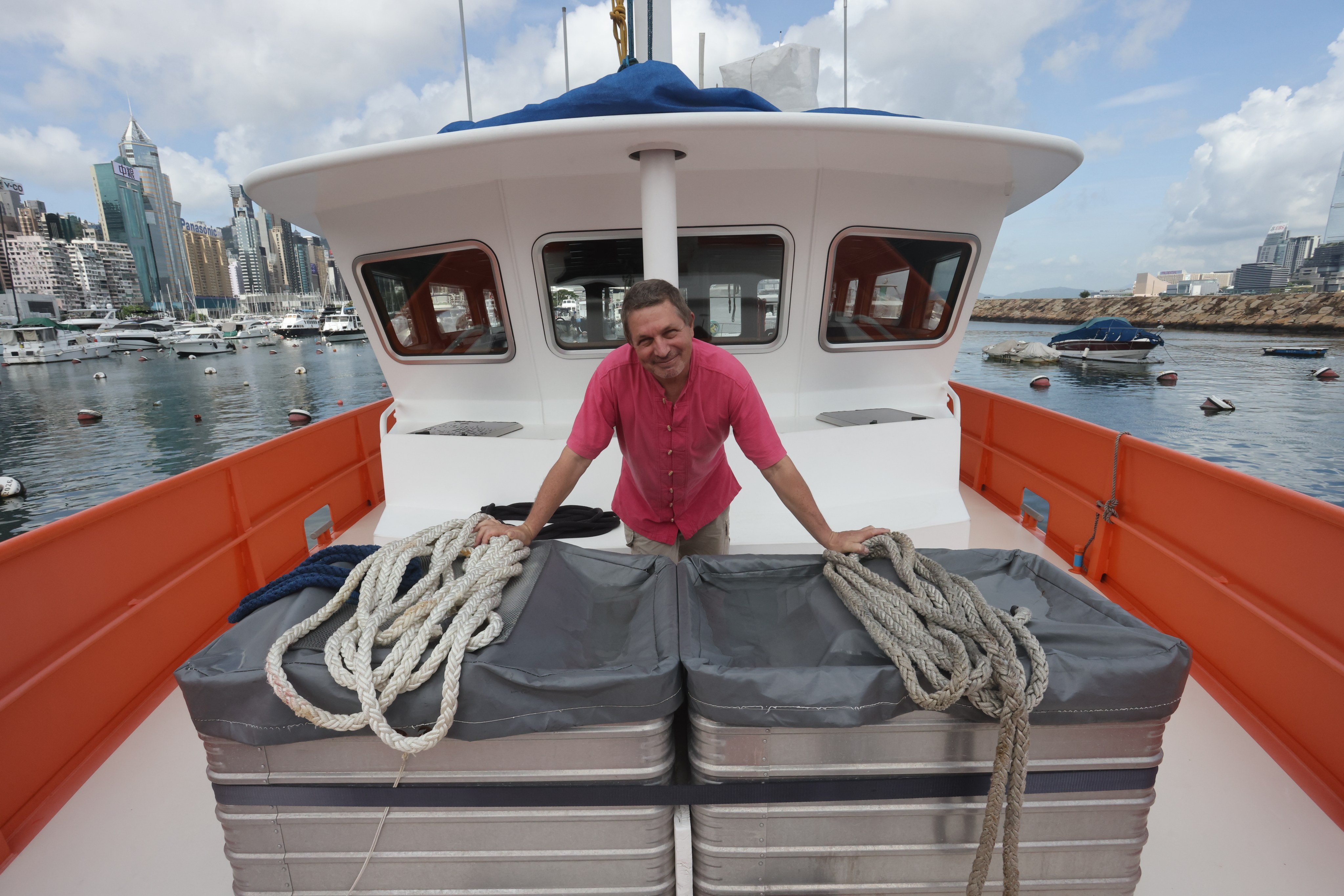
- Pierre Sauvadet talks about discovering a passion for adventure as a child, what draws him to the Arctic and why he feels at home in his Hong Kong ‘village’
My father was an engineer and after World War II he helped at a regional level with the modernisation of telecommunications in France. My mother was a medical doctor. I was born in Thiers, Puy-de-Dome, in central France, in 1960, and have a sister who is a couple of years older.
Although my parents worked in the city, I grew up in the countryside and went to a local school. As a child, I had a passion for geography. I was also quite naughty and from the age of about 12 or 13, I started travelling by myself.
I’d jump on a train – I had to evade the ticket inspector because I didn’t have the money for a ticket – and see how far I could get. Often, I got caught at the border and the police would send me back home. I went all over Europe like this.
My other passion was drawing, and I went to l’ecole des Beaux Arts de Clermont-Ferrand. As soon as I turned 18, I got my own passport. My passion for travelling was stronger than my passion for drawing and I quit school and went to Canada. Of course, my parents weren’t too happy about that.

Pole to pole
I got a job in the north of Canada assisting a vet on a dogsled farm. I was responsible for feeding and looking after the dogs. That was my first taste of life in the north and I’ve loved it ever since.
With the money I earned in Canada, I went to Greece, got a boat to Egypt and then joined a boat sailing down the Nile to Mombasa, in Kenya. There, I got a job as a ship writer on a small supply ship, taking note of the goods going on and off the boat. It was a job no one else wanted because the crew were keen to get off the boat as soon as we got to shore.
Could you run over 10km every day for 4 years? He has, and he’s 64
For six months, we sailed to islands all around the Indian Ocean. In Mauritius, I met the crew of a sailing boat going to Antarctica. It was a mixed crew from all over the world and I joined them as a deck hand.
Bear necessities
After a few years of sailing, I wanted to have my own boat and be the one to decide on the destination. I went back to France and worked at the boatyard of Chantier Hervé, in La Rochelle. It was there that I learned how to build a boat.
I bought a small old boat, renovated it and resold it. After I’d done that twice, I had enough money to build my own sailing boat. When it was finished, in about 1984, I sailed from Newfoundland to the Arctic.
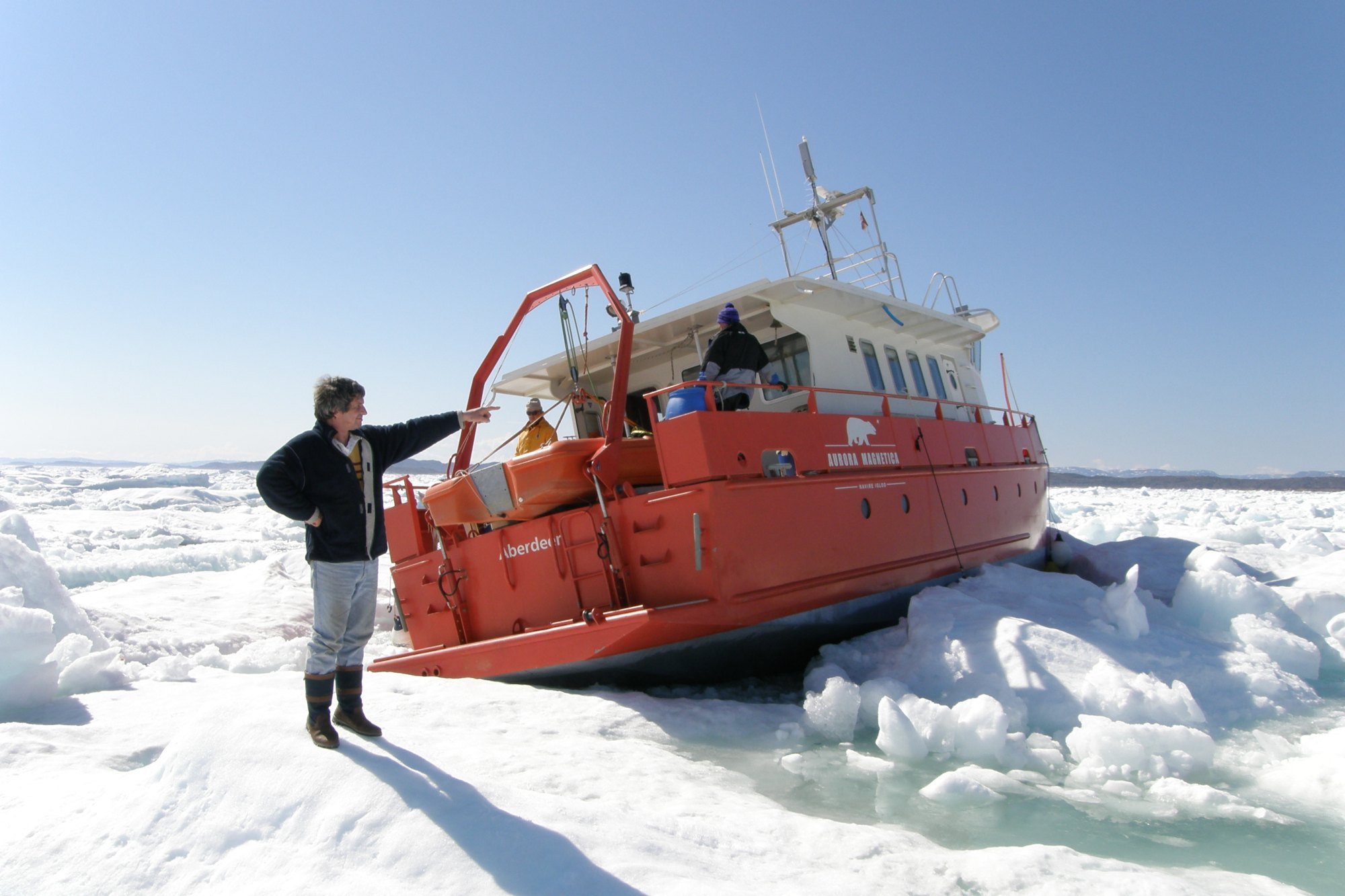
I began to spend a lot of time sailing to the Arctic, usually in the summer, but I did spend a winter in Hudson Bay, which wasn’t entirely planned. I’d been thinking of leaving, but the water froze over so there was no getting the boat out. I had food for just a month. Fortunately, there are a lot of small communities there and I traded with them for food.
I fell in love with the Arctic. I love all the whiteness, the silence and the freedom – there is no one there to bother you.
I saw many polar bears. They can be very unpredictable – you don’t know whether they want to play or to eat. I soon learned to make some food caches away from the boat to distract them, so they’d leave me alone.
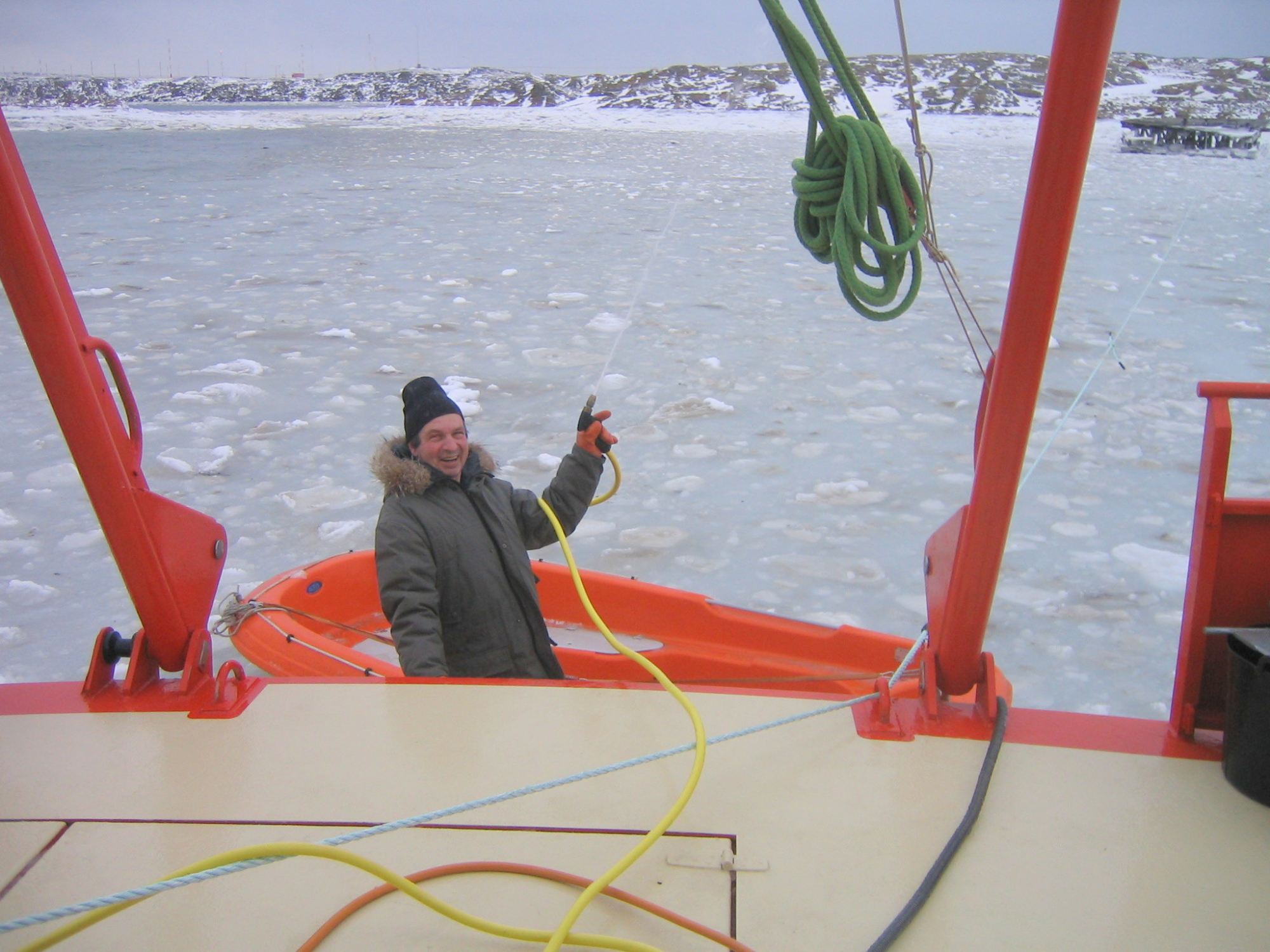
Rite of passage
In 1986, I sold my first boat in Canada and went back to France to build a bigger sailing boat. When that was completed, I spent a couple of years sailing to the Canary Islands and across to the West Indies, to Haiti and then on to Japan.
The luck of my life was meeting some researchers from Japan’s National Institute of Polar Research (based in Tokyo) through a professor based in Hakodate, Hokkaido. I arrived in Hakodate sailing from the Samoan Islands, in the Pacific, and spent a year there.
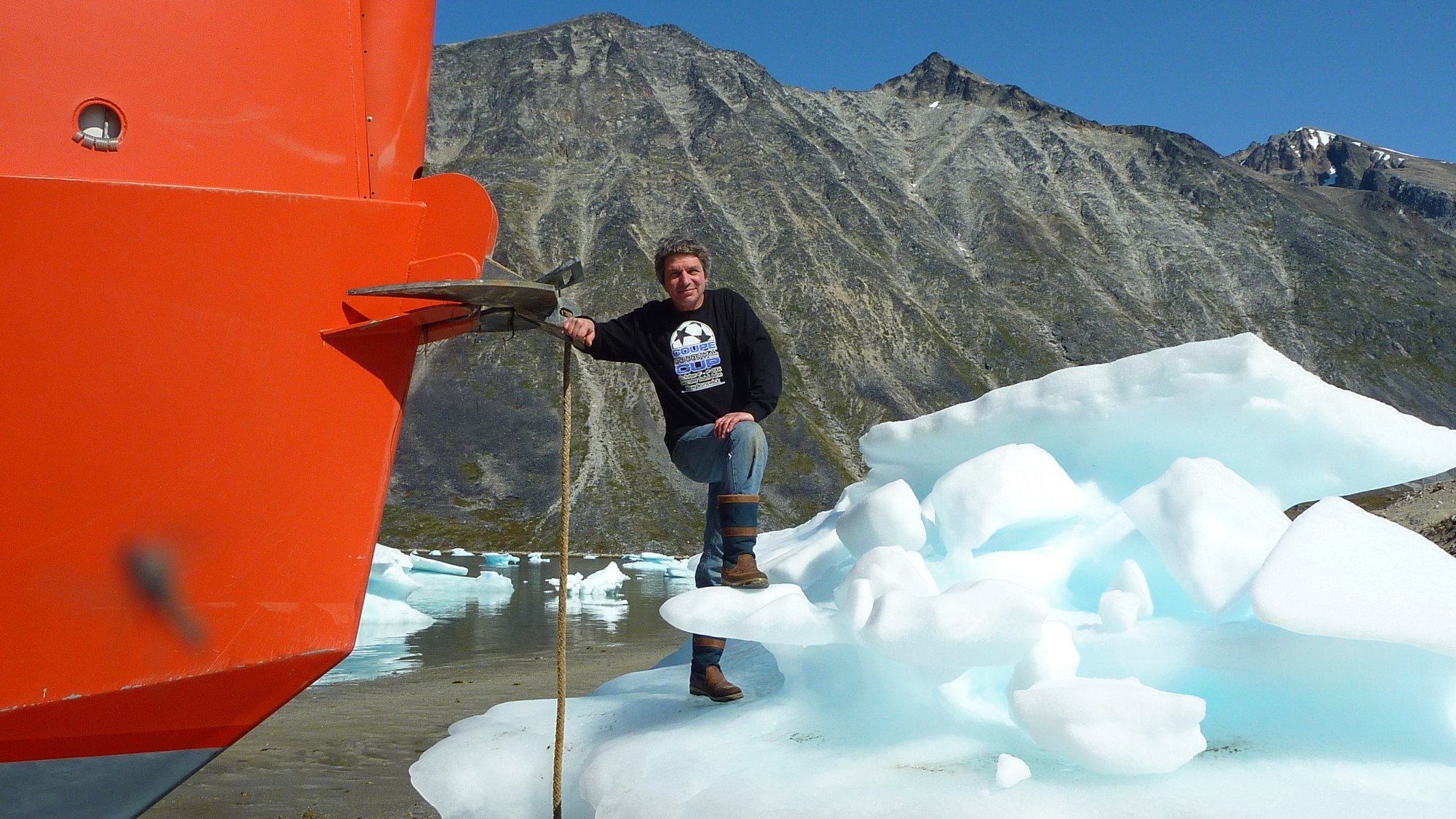
Thanks to sponsorship by the Asahi media group in Japan, I was able to rent a European polar supply ship used for Antarctica. The goal of Asahi was to produce the first images of the Russian Arctic.
In August 1991, we were the first non-military ship since 1922 to complete the Northeast Passage from France to Japan through the Arctic.
I did a couple of documentaries in the Arctic for French television stations, but realised it wasn’t my cup of tea. I’m quite a private, low-key person. I decided to return to my first passion of sailing boats and returned to France to build another and then sailed it to Nunavut, in Canada’s northern territory.
Mor the merrier
From 2000 to 2003, I was in the United States, where I bought and restored a large racing boat from the first Whitbread Round the World Race, in 1973. It was a beautiful 22-metre wooden boat. I created a small boat yard in Charleston, South Carolina, for the project. I sold the boat in 2003 and left the US.
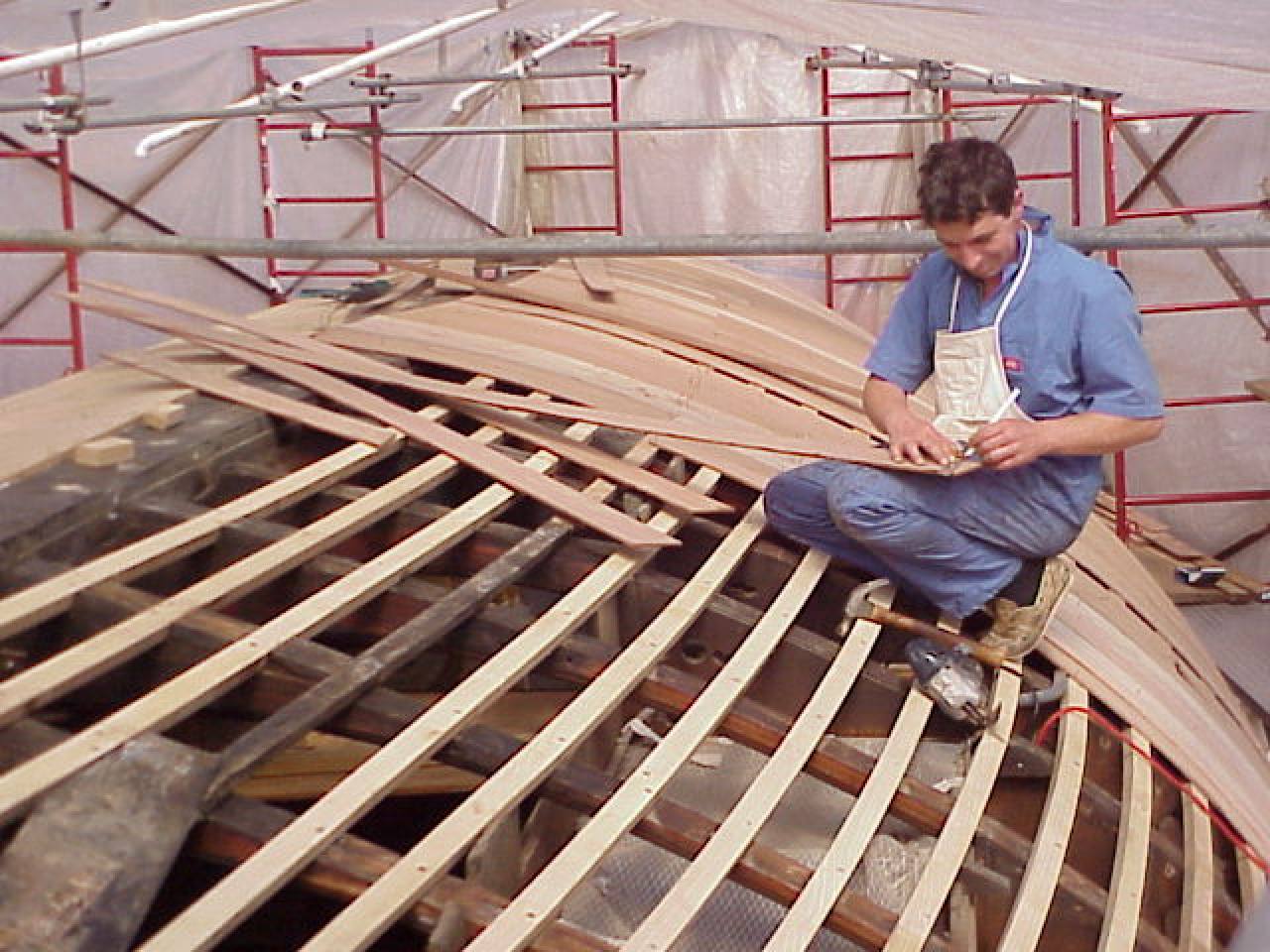
That period wasn’t so much a distraction from the Arctic, but a way to make the money I needed to build my first personal Arctic vessel, the Aurora Magnetica, in 2004. I’d become very interested in science and wanted a small boat to go to the Arctic to do scientific work.
I enjoyed drawing the concept of a ship and building it and then renting it to scientists. They were mostly working on commercial projects for fishing and mining companies or looking for algae to use in face creams. As the captain of the ship, I observed how they refined my design. The first boat took seven years to design and build, the second took six years.
In April 2013, I was in the Azores preparing the boat to go to the Arctic with a crew of five. I advertised for help and Morris “Mor” Wong signed up. She is from Hong Kong and was backpacking. She sailed with us to Newfoundland.
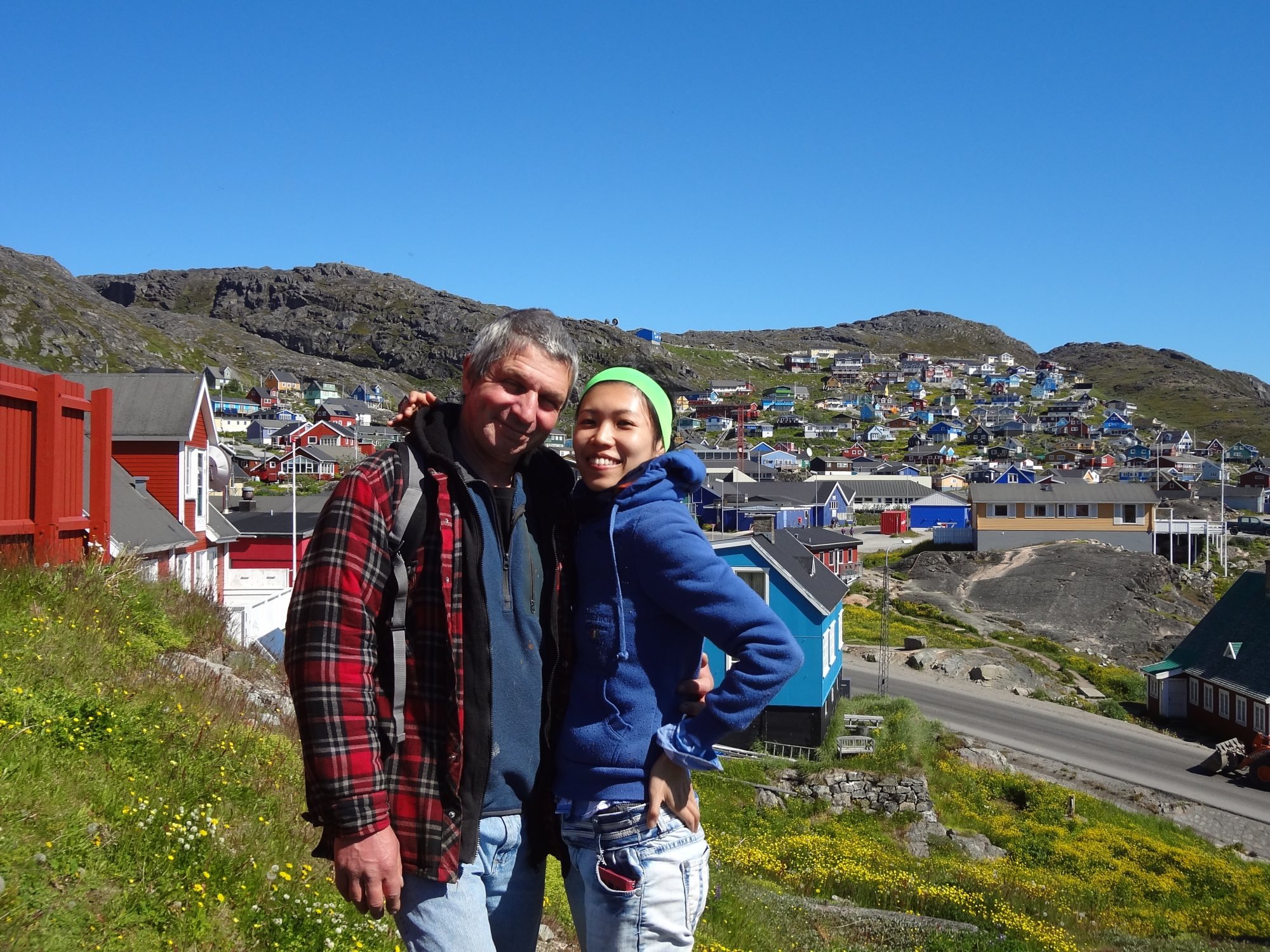
Most of the crew left, but Mor wanted to stay and offered to do the cooking. We spent the winter together in Greenland and after a few months decided to stay together. We got married two years later.
Mind the gap
We sold the boat and went back to Europe and designed and built our current boat in the Netherlands. In 2016, we shipped the boat by cargo ship to Hong Kong and sailed around Asia looking for carpenters to do the boat’s interior woodwork.
In Phuket we bought teak wood from Myanmar and met some excellent traditional carpenters. We spent a year with a team of seven of them, they were all working by hand.
After 25 years in the Arctic, I thought it would be nice to sail in Asia. We sailed from Thailand to Singapore and then stopped in Borneo. We were planning to go to Taiwan and on to Japan, but we were stopped by Covid-19 as countries closed their borders.
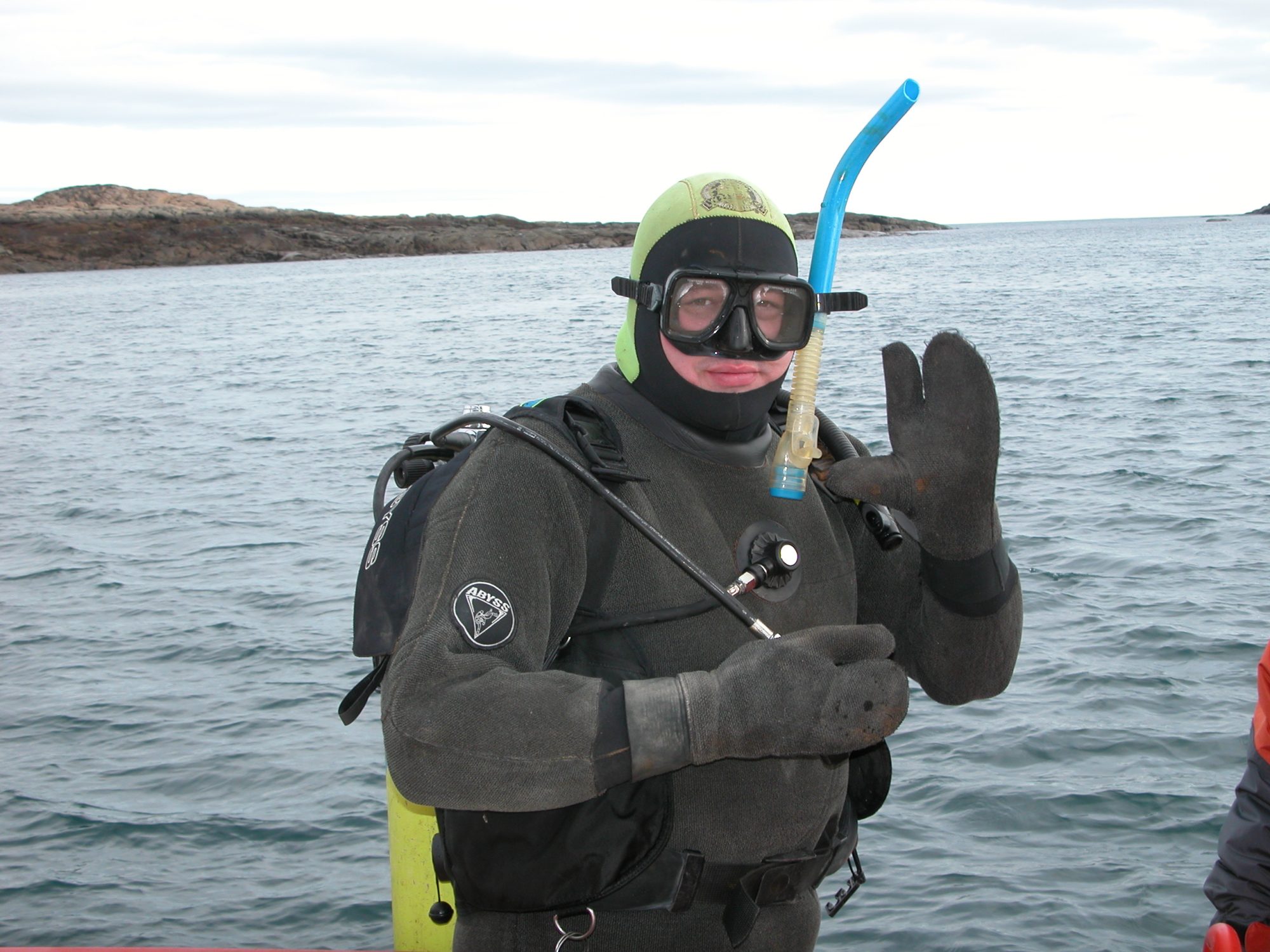
We spent two years during the pandemic on the Brunei River and exploring the country’s waterways. We had to be careful of all the crocodiles along the river bank whenever we got off the boat. They bury themselves in the mud and you only spot them when they open their mouth.
We had a wonderful time thanks to the genuine and warm local people. During the pandemic there was a lot of tension all around the world – except in Brunei.
A banker from Hong Kong
In May 2022, we sailed to the Philippines. We waited for the monsoon to pass so we could sail to Hong Kong and arrived in November. Mor wants to spend some time with her family.
We’d like to use our expertise to do something positive in collaboration with Hong Kong. I met a banker at the Royal Hong Kong Yacht Club – there are more bankers per square metre at that club than I’ve ever seen in my life – who asked if I’d do a private expedition with his family.
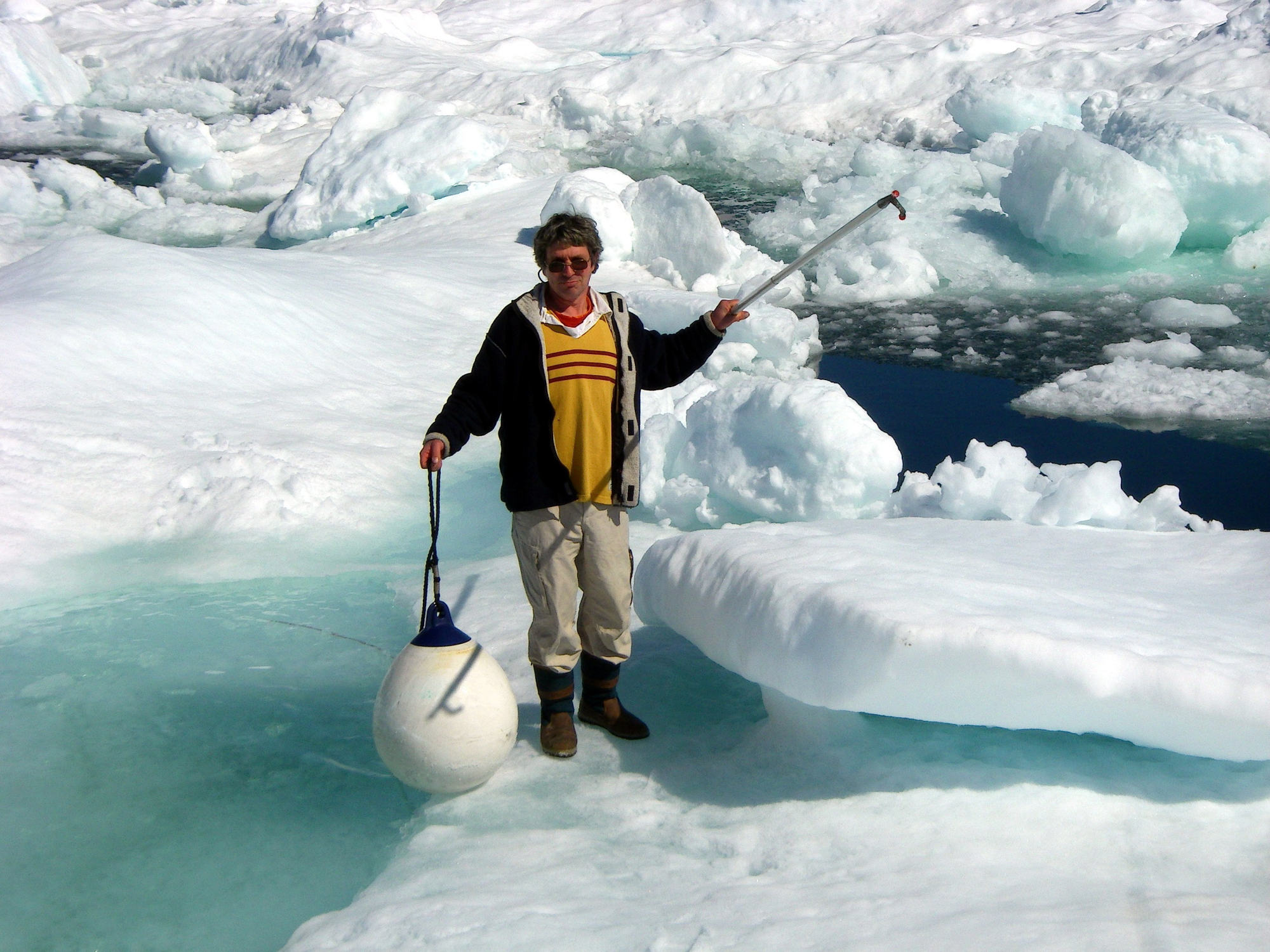
I wasn’t keen because I would prefer to do an expedition for science, but it got me thinking. The Arctic ice is melting fast and will be gone in 15 or 20 years. It will take centuries for it to return.
It is time to find a way to record the environment there and keep that data for future use.
Village people
We already have a boat that is designed for the north and are exploring what it might be possible to do.
It might be young people doing blockchain who have an idea to record aspects of the Arctic, or other people with good ideas. Hong Kong is probably the best place in Asia to do this because there are plenty of universities, so there are the brains, and there is the money.

Depending on how soon things come together, it may be possible to leave next summer. It could take about 20 days, depending on the weather, to go from Hong Kong to the south of Alaska, then another four days to reach the polar circle.
Currently, the boat is moored in Causeway Bay Typhoon Shelter. Although we are on a boat dedicated to living in the wilderness, we are in the centre of a city of 7 million people, and yet there is a small Asian village atmosphere here, with a restaurant and a temple, not unlike if we were close to a small Arctic community.
We call it “hyper contrast”.

